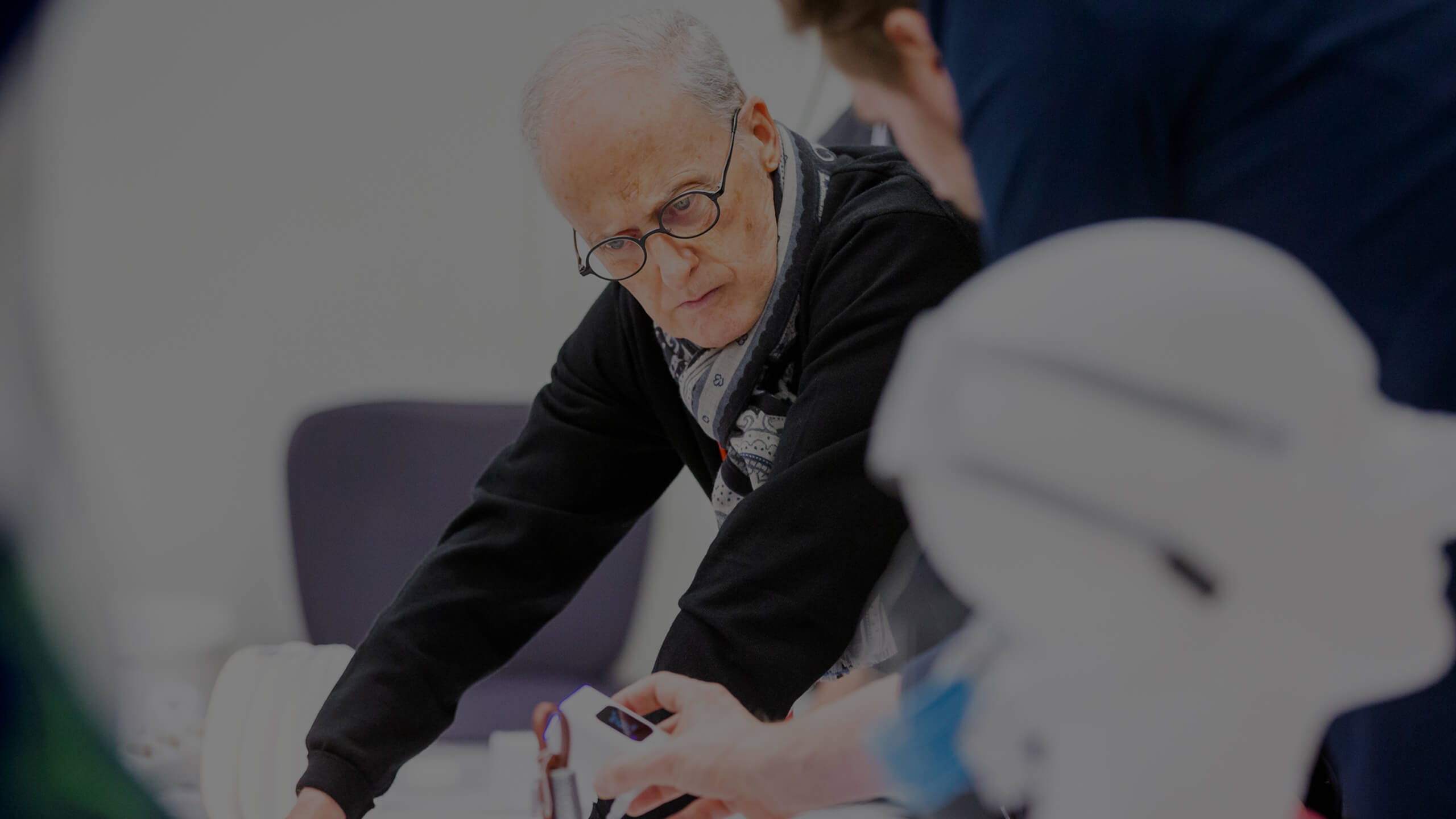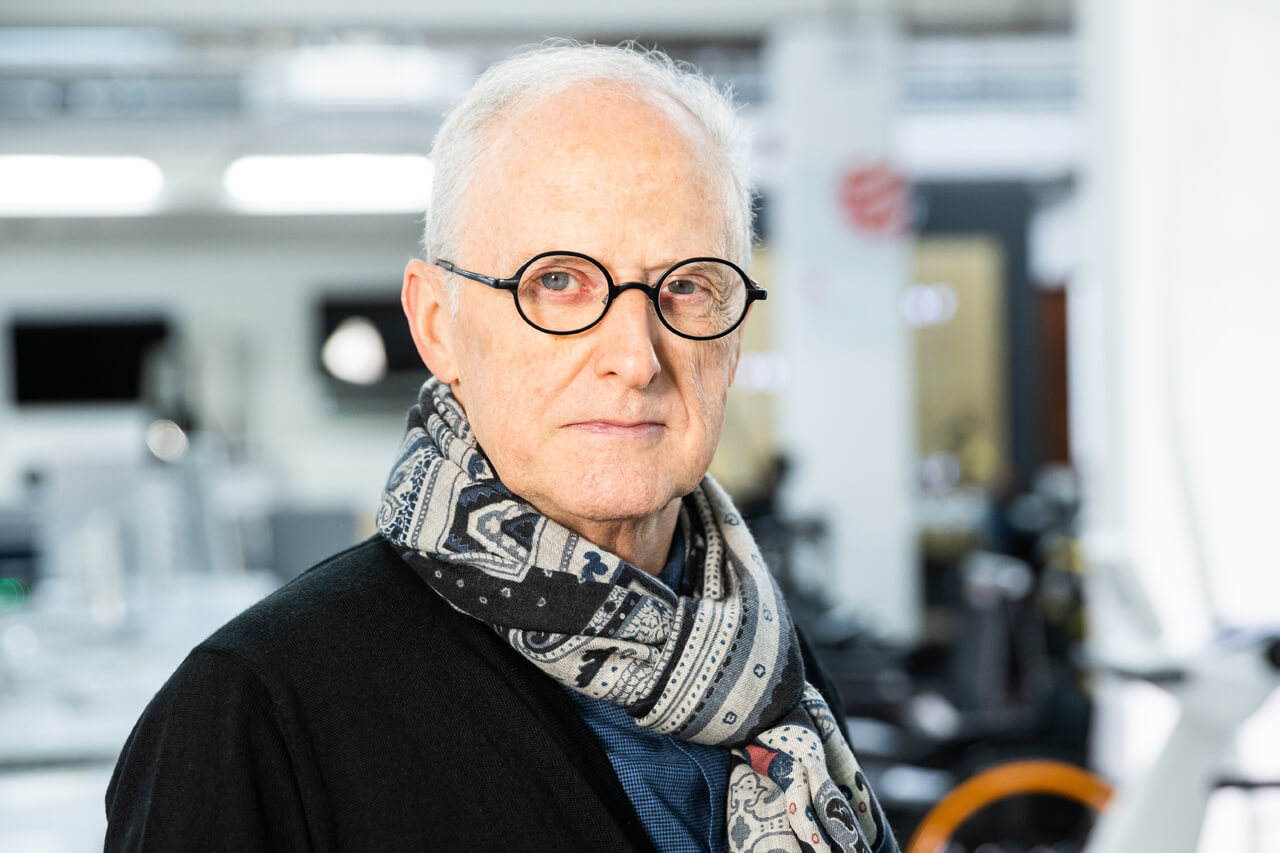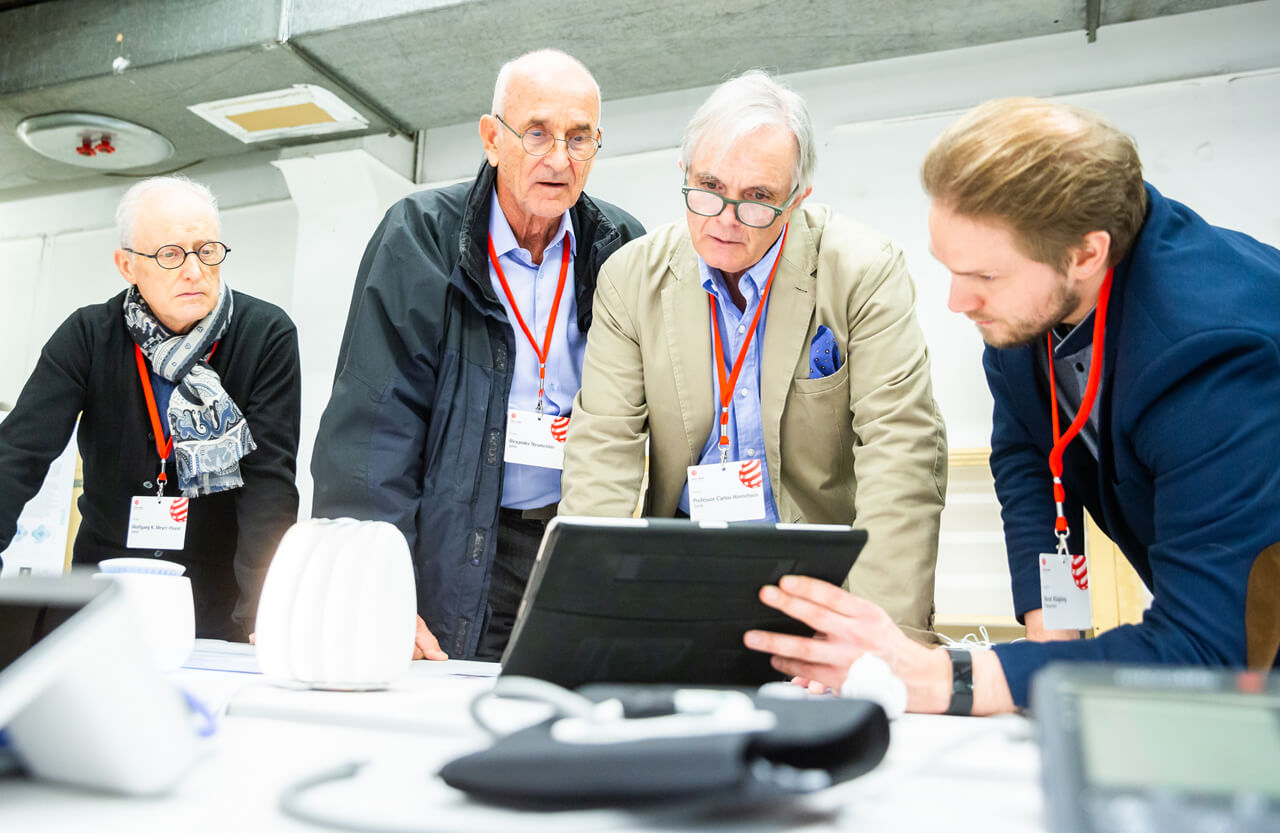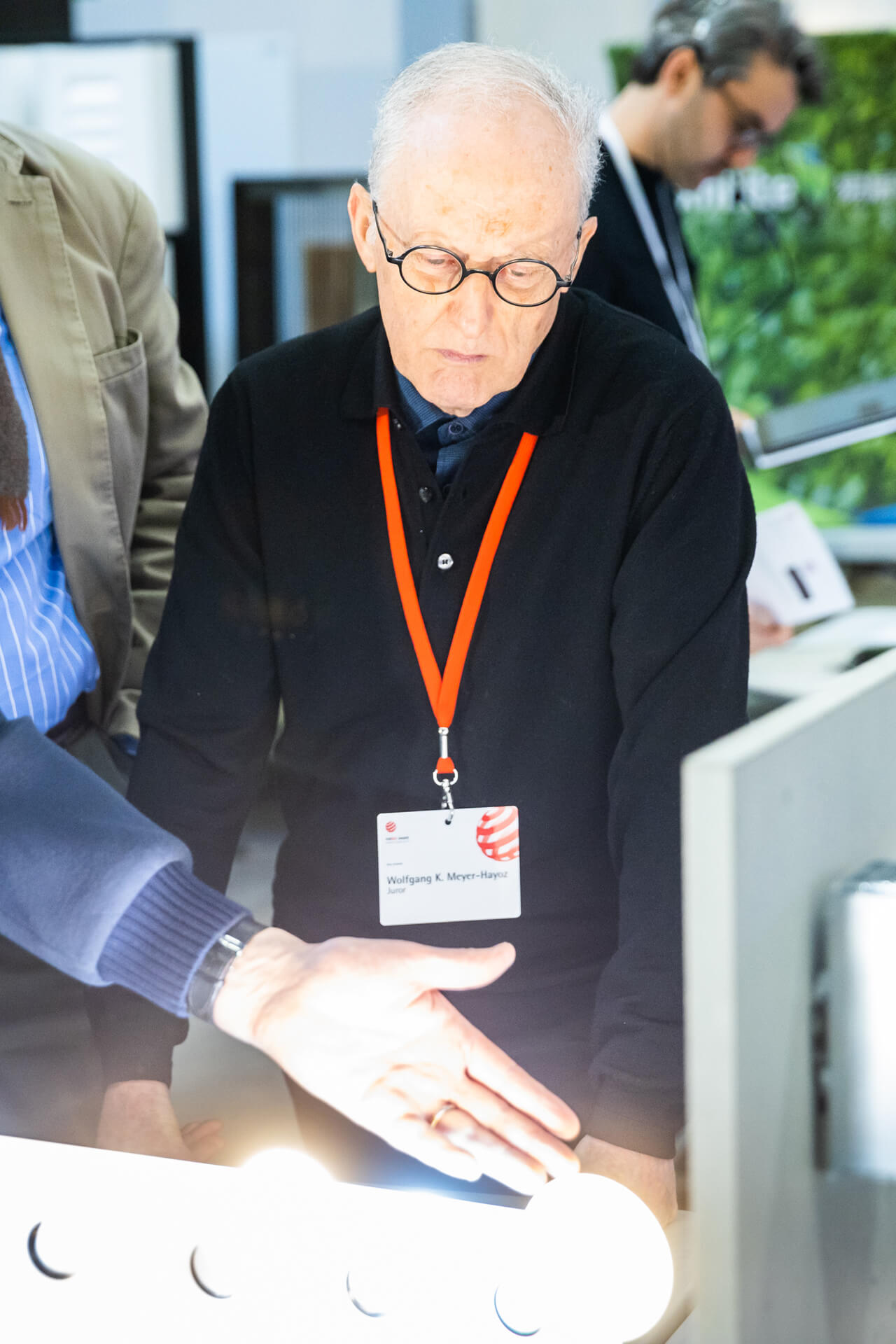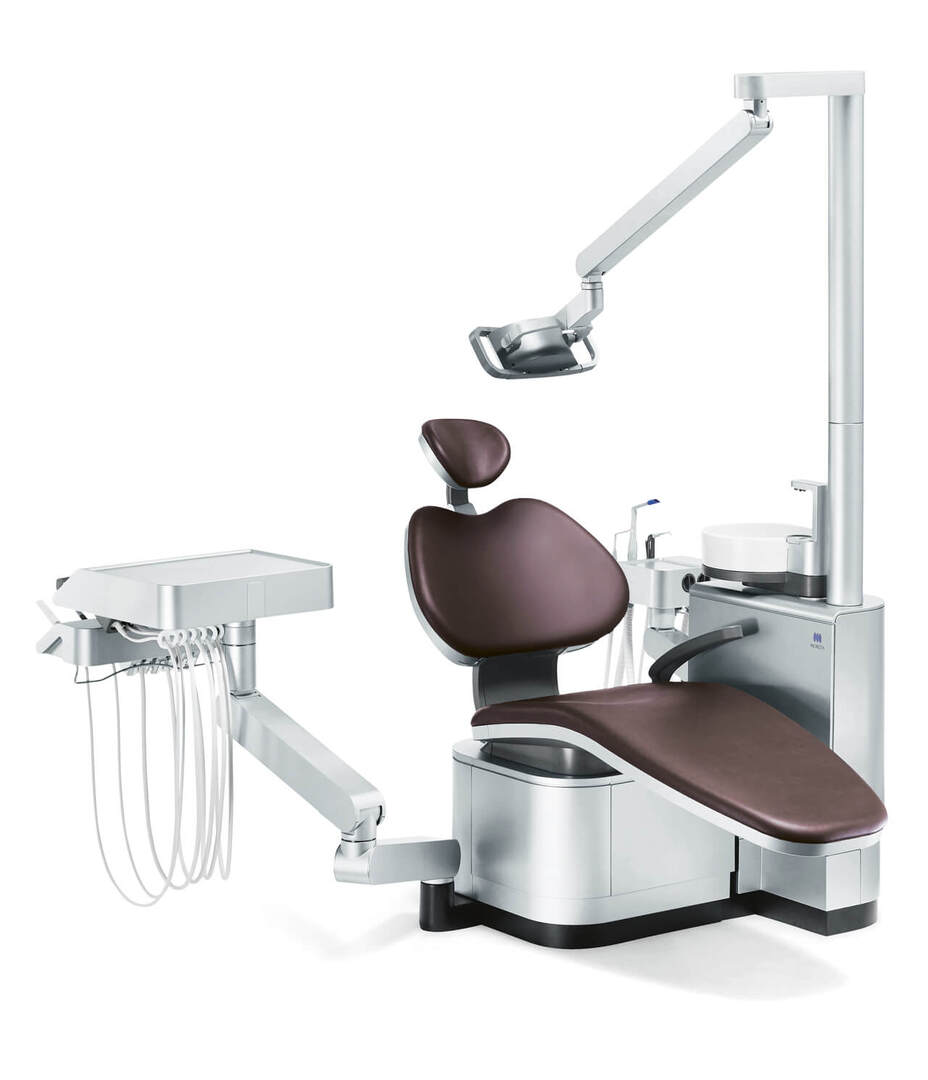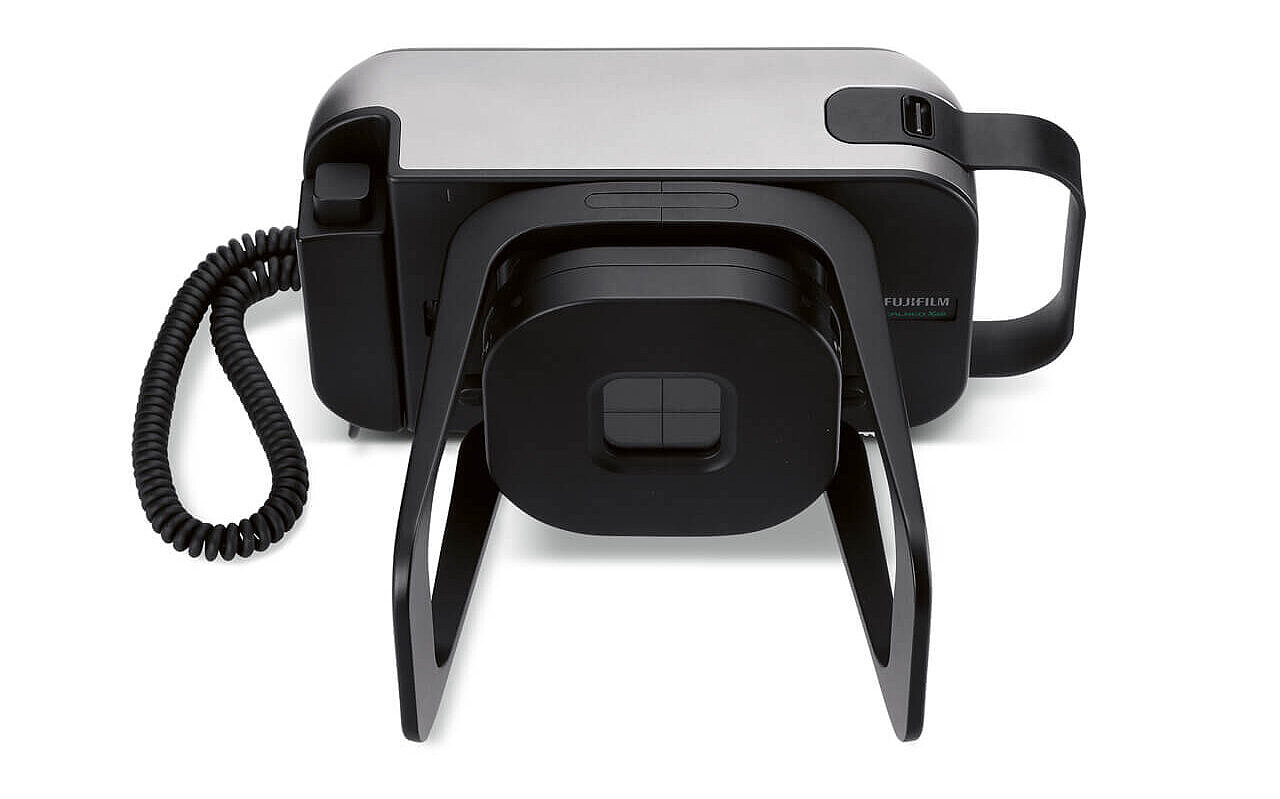The evaluation process, product highlights and trends in the medical industry: interview with Red Dot juror Wolfgang K. Meyer-Hayoz
Seasoned Red Dot juror and founder of Meyer-Hayoz Design Engineering Wolfgang K. Meyer-Hayoz is an expert in medical technology and the design of machines and devices. His clients range from small and medium-sized businesses to global market leaders. In his role as Managing Director, he helps them to develop and implement their design strategy. His firm provides competent advice on Design Strategy, Industrial Design, User Interface Design, Temporary Architecture and Communication Design. Meyer-Hayoz has been enriching the Red Dot Jury with this broad-based expertise for many years now. In 2019, he assessed the entries in the “Industrial Equipment, Machinery and Automation”, “Robotics”, “Medical Devices and Technology” and “Healthcare” categories. In this interview with Red Dot, the expert speaks about the evaluation process, the products he was particularly impressed with as well as trends in the medical industry.
Red Dot: One of the categories you judge is the “Industrial Equipment, Machinery and Automation” category. What is the evaluation process for this category like?
Meyer-Hayoz: We had lots of different entries in this category, with an interesting mix of new technologies, electronics, mechanical engineering and mechatronics. Some of the participants used this kaleidoscope of different types of approaches and technologies to create entirely new offerings. We saw a good example of internal logistics from Trumpf, a company that actually focuses on lasers. The new Trumpf “Track & Trace” indoor positioning system makes it possible to pinpoint very quickly where certain parts are stored in production halls. The corresponding workpiece boxes are fitted with positioning chips – a simple yet very useful application.
As always, we needed to have intensive discussions in order to allocate the submissions correctly and to understand which products represent “standard technology” and which products open up new possibilities. It goes without saying that this requires the jurors to be open in sharing their views with the group. The consensus we reached – and we always reach a consensus – meant that we were able to award three Red Dot: Best of the Best distinctions in the category. In my opinion, the dialogue that takes place and the fact that experts for the individual categories judge the products and are therefore in a position to assess the state of the art create a strong footing for the adjudication process that is well established at Red Dot and has proved itself in practice.
What criteria did you value when assessing the products?
I value designers who adopt a frugal approach to raw materials and create products that don’t take up too much space and are easy to use.For example, I remember an LED panel with a modular design that has improved immensely in recent years in terms of its display quality and produces a very sharp picture thanks to the minimised LEDs. As a result, it has become virtually impossible to tell the difference between TV screens and LED projections, and this allows for lots of new and interesting information-related uses.
Another important aspect is ease of use, so that users are given a convincing solution to their problem. Ideally the solution also has to be reasonably priced and competitive in order for the company to survive on the global market. In addition, a self-evident design is essential so that users don’t need extensive operating instructions in order to use the products.
What are the trends or innovations emerging in the fields of medical technology, life sciences and robotics?
In our own company, we are heavily involved in the areas of medical technology and biotechnology. We often observe interesting combinations of technologies as well as an increasing number of meaningful uses of artificial intelligence. As more and more patient data is accessed, a responsible and secure approach to data processing must be ensured. Many national regulations are already moving in the direction of carefully revising the requisite laws. Admittedly, often they are only playing catch-up, as the pace of technological progress is very rapid. Artificial intelligence frequently simplifies how products are used. In the field of biotechnology, for example, it is becoming ever more common and sensible to use cloud-based solutions to collaborate across different continents. A report by Swiss company Novartis provides impressive testimony of what can already be achieved through the combination of big data and artificial intelligence, processed in the cloud: “While the sequencing of a human genome still took around 10 months and cost 10 million US dollars back in 2007, today we only need 24 hours and 1,000 US dollars or less for the same procedure.” When new drugs are developed in the labs in Europe, it is possible to work with partners in Asia to take advantage of the time lag in order to continue working on the data and benefit from the hugely comprehensive data base.
How are these trends reflected in the entries you have seen?
There are some very impressive entries, for example in the field of medical technology, that are reflective of these trends. I was particularly impressed by a dentist’s treatment chair with a wonderfully attractive design that was executed in a very clear and hygienic manner at all levels, also making it easy to clean. Very sensitively integrated in the treatment chair are smart touchpoints with easy-to-understand icons that allow the patient and the dentist to adjust the chair to their perfect position with a motor that is virtually silent. For example, the spit bowl can likewise be automatically moved to the patient at the touch of a button. The UX solution for the dentist in the foot pedal area is just as convincing in its design. For me, this treatment chair sets a new benchmark.
Another award-winning product was an X-ray camera that featured a very compact design for ease of use on the go. I can imagine a nursing professional going to a patient and using the camera to create images. This information can subsequently be sent to the doctor, thus reducing costs in the healthcare sector. It means that the doctor does not have to attend every case in person. For dental medicine, we already have a completely digitised workflow. Nowadays, it is already possible not to go to the dentist right away, but instead to use an oral scanner to create images and to send this data to the dentist in advance. The images are then evaluated using artificial intelligence in a first step. If something isn’t right, the dentist looks at the images and arranges a face-to-face appointment if necessary.
I also really liked the protective headgear developed for small children suffering from a deformed skull. The product was built using 3D printing technology, making it possible to adjust the size easily and at a low cost as the child grows. The shells are available in different colours to encourage the kids to wear the headgear. For me, all of these are developments that show how we see design today – namely as providing real added value with a convincing design that is in harmony with nature and protects the environment.
Red Dot Award: Product Design 2020
Designers and companies have until 14 February 2020 to enter their best products in the Red Dot Award: Product Design, where their design quality will be judged by Wolfgang K. Meyer-Hayoz and the other jury members. There are around 50 categories to choose from. Those who win over the distinguished jury can rightly be viewed as pioneers of the design industry.
